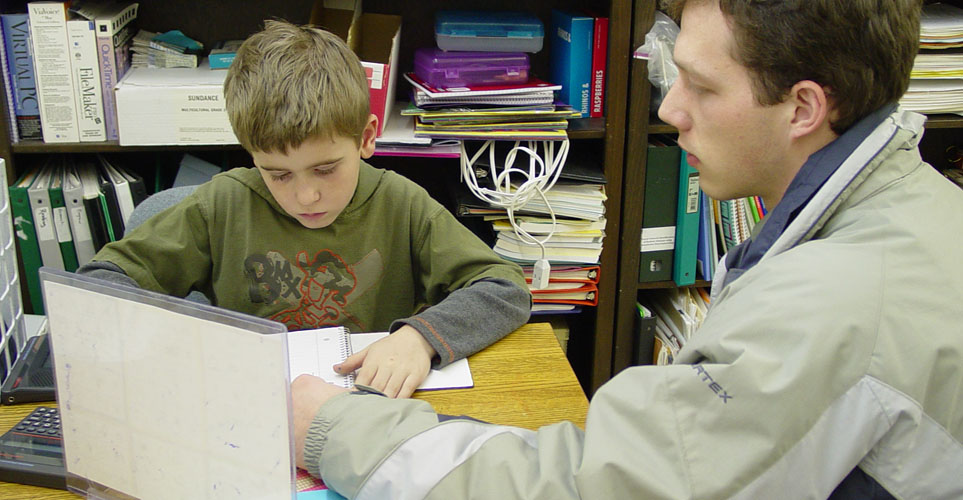1
Students who don’t understand what they’ve just read fluently and with expression are puzzling. It turns out that good comprehenders ask themselves questions as they read; poor comprehenders do not. Therefore, the key to helping students with comprehension deficits is to systematically teach self-questioning strategies. Two strategies to accomplish that are ReQuest and Reciprocal Teaching. Directions for each are included here.
ReQuest
ReQuest is a one-on-one intervention strategy that builds comprehension from the sentence level up to larger units of text. Many students who have comprehension deficits benefit from daily guidance in self-questioning strategies. Guided practice in formulating and answering questions about text usually results in internalization of the self-questioning strategies that efficient readers use. Steps include:
1. Read the first sentence aloud to the student.
2. Model self-questioning. “Now I’m going to ask myself questions about that sentence. You can help me answer them.”
- “Who/what is the sentence about?”
- “What is happening? To whom/what?”
- “Where is it happening?”
- “What will probably happen next?”
- “How does he/she feel about what’s happening?”
3. Read the next sentence. Have your student ask you as many of the questions as he/she can remember. Model those that he/she does not spontaneously ask.
4. Continue this strategy sentence by sentence until your student can question you regarding all of the pertinent details of each sentence.
5. Ask your student to complete each of the steps:
- Read a sentence.
- Self-question.
- Answer each question.
6. When your student completes each of these steps easily with individual sentences, begin to use this technique with each paragraph.
7. At this point, your student should be able to use this technique to preview a story, again with your guidance.
Be patient with this strategy. Some students need many months of daily modeling and practice to internalize self-questioning strategies and improve their comprehension.
Reciprocal Teaching
Reciprocal Teaching, a cooperative learning strategy that has been validated from more than 20 years as an effective intervention for struggling readers, was originally designed for four students, each implementing a specific step in the process as they read a text together, paragraph by paragraph. The steps include:
- Predicting
- Clarifying
- Questioning
- Summarizing
It has also been effectively implemented in pairs, with each student taking on two roles. In the video below, you will see the process implemented following the original four-person protocol.
Story Grammar Plot
All stories have a “grammar,” or structure that defines the characters, beginning action, problem, and resolution. This graphic is a great visual for helping students get a sense of the story and begin to think about what it means (the theme, or lesson of the story). It can also be used to help students brainstorm a story that they want to write, or to take notes during a Read Aloud by their teacher. It is especially helpful to students with poor auditory memory who have difficulty remembering the main ideas of a chapter or story that is read to them. And because it can be filled out with just a few words in each box, students with dysgraphia (inability to print and write except with great effort) can listen and take notes at the same time.
From Vocabulary to Comprehension
Vocabulary knowledge is a huge component of understanding a passage, particularly expository text. Here’s an example of what happens if students do not have knowledge of words that are generally learned through reading, and therefore may be missing in the vocabulary bank of a student with reading disability:
A modest and gentle man, President Grant promised integrity and transparency in his administration, which was plagued by corruption and scandals.
Now read this sentence with BLAH replacing unknown words to understand the importance of vocabulary knowledge:
A BLAH and BLAH man, President Grant promised BLAH and BLAH in his BLAH, which was BLAH by BLAH and BLAH.
This video demonstrates how a high school i.t.a. project for students with reading disabilities progresses from word study to writing and comprehension.

